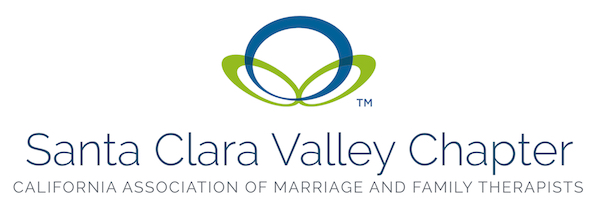 back to September 2024 newsletter
back to September 2024 newsletter
by Kusum Punjabi, AMFT
In honor of Hispanic Heritage Month, SCV-CAMFT Director of DEI Kusum Punjabi provides suggestions for ways clinicians can provide culturally sensitive support to Hispanic clients
Creating a therapeutic approach that is culturally sensitive and tailored to Hispanic clients involves understanding and integrating the unique cultural, familial, and societal factors that influence your client’s mental health. This approach recognizes the rich diversity within Hispanic communities - including Mexican, Puerto Rican, Cuban, and other Hispanic heritages - and seeks to honor and incorporate cultural values and traditions into the therapeutic process.
Understanding Cultural Context
Hispanic cultures often emphasize close family ties, respect for traditions, and a strong sense of community. For instance, the concept of "familismo," which prioritizes family needs over individual desires, is central to many Hispanic families. Recognizing this can help therapists understand how family dynamics influence a client’s mental health and therapy process (Zayas et al., 2011).
For example, a Mexican client may view family support as crucial to their well-being. Acknowledging and integrating family members into therapy sessions, when appropriate, can help address family-related stressors and strengthen the therapeutic alliance. This approach respects the client's values and leverages their support system to facilitate healing.
Addressing Acculturation Stress
Acculturation—the process of adapting to a new culture while maintaining one’s ethnic identity—can create significant stress. This might manifest as anxiety, depression, or identity confusion. A culturally sensitive therapist recognizes these challenges and provides support tailored to the client’s acculturation experience. For instance, a Cuban-American client struggling with the tension between traditional values and modern societal pressures might benefit from exploring these conflicts within therapy. Understanding how acculturation impacts mental health can allow therapists to offer more relevant interventions and support (Torres & Voell, 2013).
Navigating Cultural Stigma
Cultural stigma around mental health can be a significant barrier to seeking help. Many Hispanic clients might experience mental health issues as a source of shame or weakness due to cultural attitudes. Creating a non-judgmental and validating environment is crucial for overcoming this stigma. Therapists can help clients feel understood and supported by openly discussing cultural attitudes towards mental health and addressing any fears or concerns related to seeking therapy (Gonzalez et al., 2010).
For example, a Puerto Rican client who feels reluctant to discuss their mental health due to cultural stigma might benefit from a therapist who acknowledges these concerns and provides reassurance that seeking help is a strength, not a weakness.
Incorporating Cultural Practices and Traditions
Integrating cultural practices and traditions into therapy can enhance the therapeutic experience. Therapists might incorporate traditional rituals, celebrate cultural milestones, or use culturally relevant metaphors and stories. Dr. Pilar Hernandez, a psychologist specializing in Hispanic mental health, often uses cultural rituals to help clients feel more connected to their heritage while addressing their mental health needs (Hernandez, 2018).
For instance, including a discussion about cultural holidays or family traditions in therapy sessions can help clients feel seen and understood. Celebrating events like Día de los Muertos can provide opportunities to discuss grief, loss, and family connections in a culturally meaningful way.
Conclusion
A culturally sensitive therapeutic approach for Hispanic clients involves understanding and respecting their cultural values, addressing acculturation stress, overcoming cultural stigma, and incorporating cultural practices into therapy. By embracing these elements, therapists can create a supportive and effective therapeutic environment that honors clients' identities and enhances their mental health journey.
back to September 2024 newsletter
References
National Alliance on Mental Illness (NAMI). (2020). Mental Health Disparities: Hispanic Americans. Retrieved from NAMI
Torres, L. R., & Voell, C. (2013). Acculturation and mental health among Hispanic immigrants. Journal of Clinical Psychology, 69(5), 513-524.
Zayas, L. H., Suarez, M., & Torres, L. (2011). Familismo and its effects on mental health among Hispanic individuals. Social Work, 56(4), 356-365.
Gonzalez, H. M., Tarraf, W., Whitfield, K. E., & Casado, B. L. (2010). The epidemiology of major depression and ethnicity in the United States. Hispanic Journal of Behavioral Sciences, 32(1), 17-43.
Hernandez, P. (2018). Culturally relevant interventions in Hispanic mental health. Journal of Hispanic Psychology, 24(2), 45-59.
